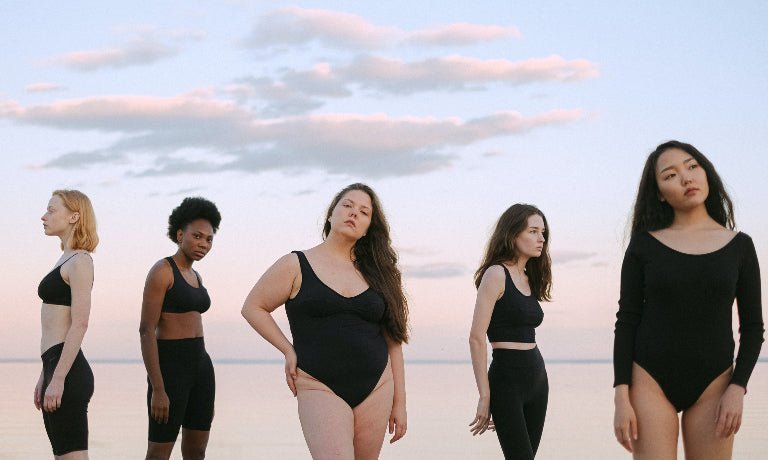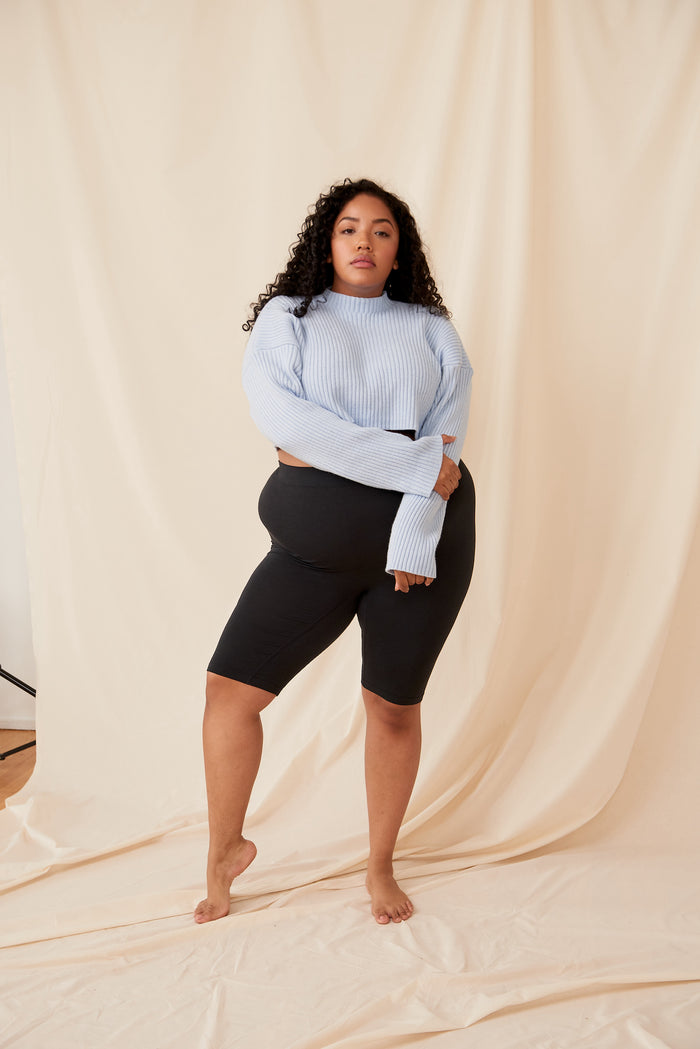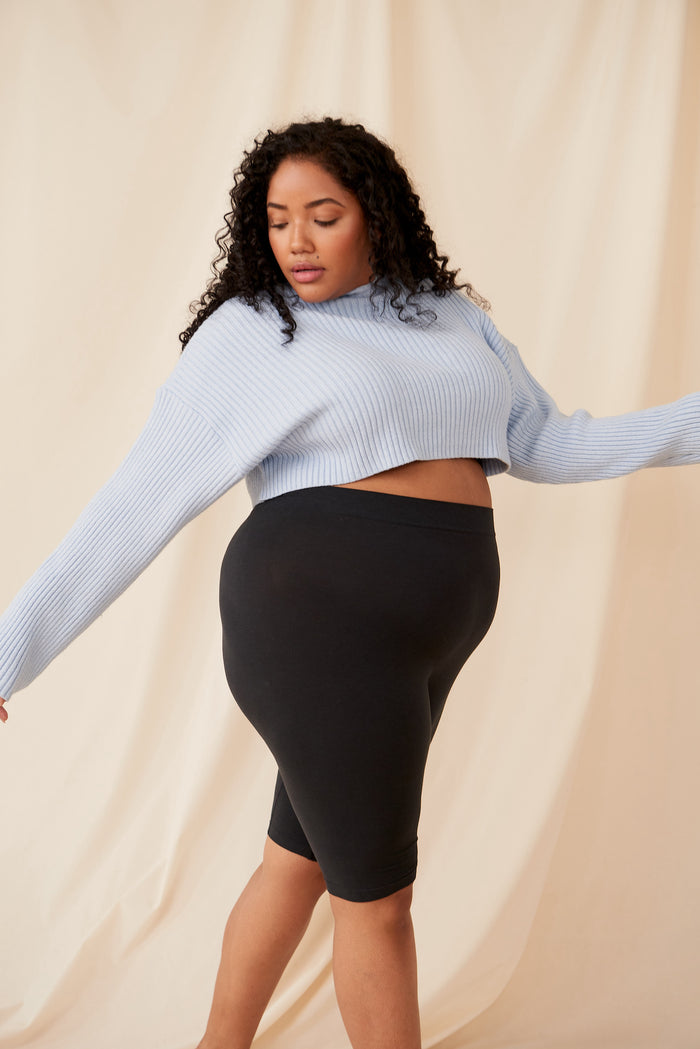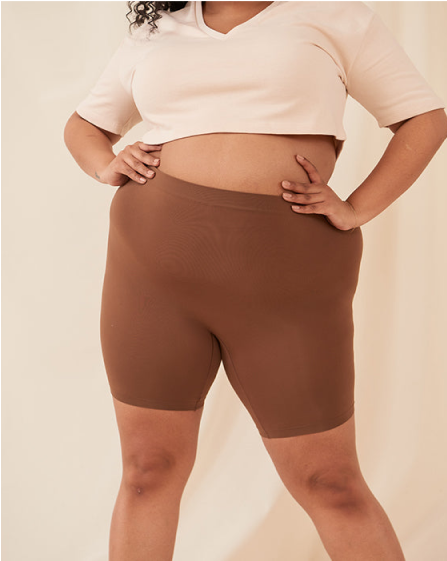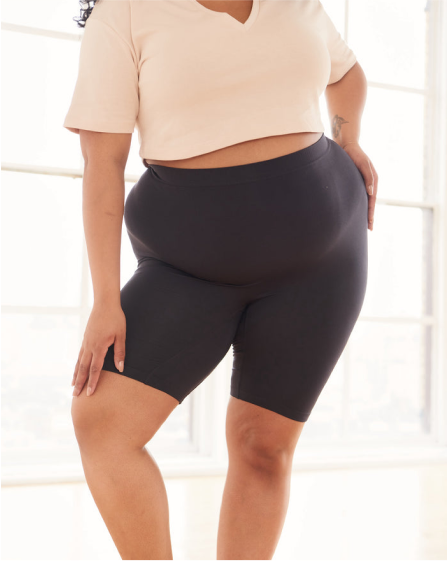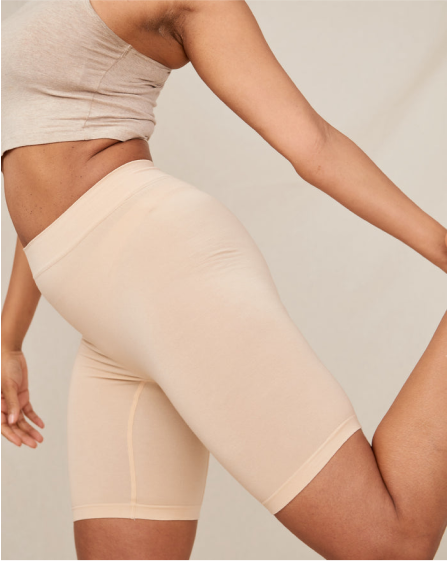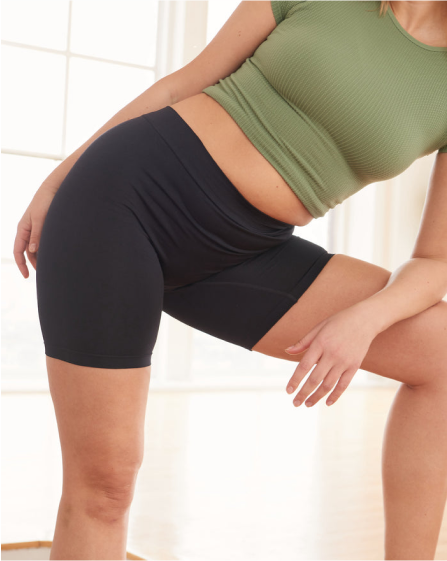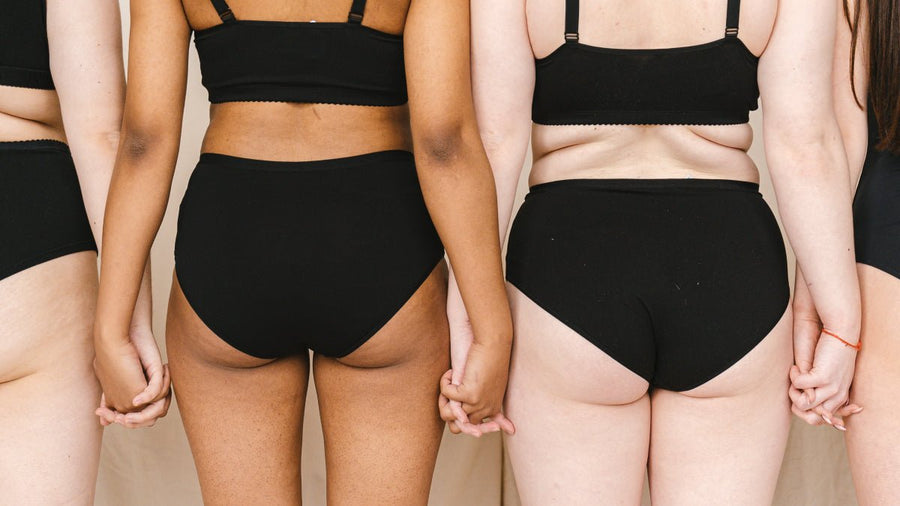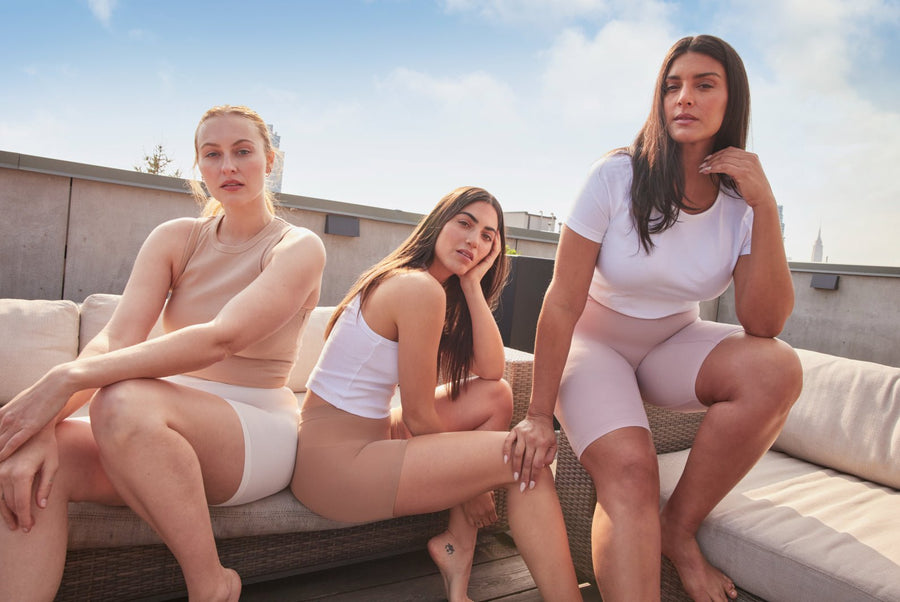Table of Content
Table of Content
Whether you’re on social media or not, chances are you’ve heard of the body positivity movement. It’s exactly what it sounds like—a movement that asserts that we all deserve to have a positive body image, regardless of how society perceives us. It’s a powerful effort to improve self-esteem and fight back against oppressive beliefs that we have to be perfect (read: thin, white and able-bodied).
The body positivity movement made its way to the mainstream with the advent of Instagram in 2010. Hashtags like #OOTD (outfit of the day), #effyourbeautystandards and #honoryourcurves took over the platform, where fat people began leaning into visibility and filling our timelines with self-loving messages and images with a goal to fight stigma around fatness and increase representation.
But the movement began long before Instagram and TikTok, before we even had cell phones or the Internet. Let’s go back to the origins of the body positivity movement and see how far it’s come today.
1969: The fat rights movement begins
The body positivity movement has strong roots in the fat rights movement that emerged in the 1960s. Bill Fabrey, a young engineer in New York, hated the way his fat wife, Joyce, was being treated. Fabrey stumbled across an article about anti-fatness by a man named Lew Louderbach, and together they started a small group that would go on to become the National Association to Aid Fat Americans, now known as the National Association to Advance Fat Acceptance (NAAFA). The movement began as husbands fighting for their wives.
1972: Women taking charge
Over on the west coast, a group of feminists in California started the Fat Underground, a collective of women that fought back against the treatment of fat people and published the Fat Liberation Manifesto. There were similar groups all over the country that did radical advocacy work alongside the Fat Underground. This was the time when women took control of their own activism, instead of being spoken for by their (very caring) husbands. As the movement began to grow, NAAFA formed chapters all across the country, hosting fat fashion shows, fat pool parties and fat dance parties—some of which are still run today.
1985: Fighting for fat rights goes global
About 20 years after the fat rights movement first began, it finally crossed the ocean and went global. By the mid-1980s, it spread to Europe. London Fat Women’s Group was born in England, while France saw the beginning of Club Allegro Fortissimo, a public pool and safe space for fat people in Paris.
1990: The second wave begins
The end of first wave fat rights activism ended and made way for the second wave, which notably took a much more public stance. By the 90s, you could find fat activists staging protests outside of the White House and in front of gyms, and joining in on the Pride Parade festivities in San Francisco. It was in the 1990s that Fat Studies was born, too.
1993: Fat rights in the law
In 1993, a woman named Bonnie Cook sued the Ladd Center for discriminating against her because of her weight in the hiring process. She won $100,000 in damages, thanks to a 1976 law in Michigan, the first and only state to prohibit workplace discrimination based on weight.
2000s: Body positivity is born
With the advent of social media platforms like Facebook and Tumblr in the early 2000s, fat people found their safe communities online, where things like plus-size fashion were able to flourish. By 2010, the body positivity was roaring on Instagram, with plus-size models like Nadia Aboulhosn, Gabi Fresh, Stephanie Yeboah and Tess Holliday reigned supreme and made way for a growth in the plus-size fashion world.
2020s: Where is body positivity now?
Body positivity skyrocketed in popularity, but some feel the movement has significantly regressed and been co-opted by conventionally attractive people as a self-love movement. The argument and undisputed truth is that everyone deserves to love their bodies, but the original purpose of the fat rights and body positivity movements have gotten lost—people seem to forget that they began to fight for the rights of marginalized bodies, not people who just have some low self-esteem days.
While the Internet was (and is) helpful in spreading the true body positive message, fat bodies continue to be heavily censored across all social media platforms, while thinner bodies are given more leniency. Fat folks deal with increasing amounts of harassment and accusations of “promoting obesity,” when they are, in fact, just living their lives. As the body positivity movement gets watered down with hashtags like #allbodiesarebeautiful, the truly marginalized people get pushed to the sidelines.
Where do we go from here?
The body positivity movement wouldn’t exist without the original fat rights movement of the 1960s. It’s more important now than ever to remember why it began—to advocate for the equal and ethical treatment of fat people. We all deserve to love our bodies, but anti-fatness affects all of us. Let’s fight for each other.
